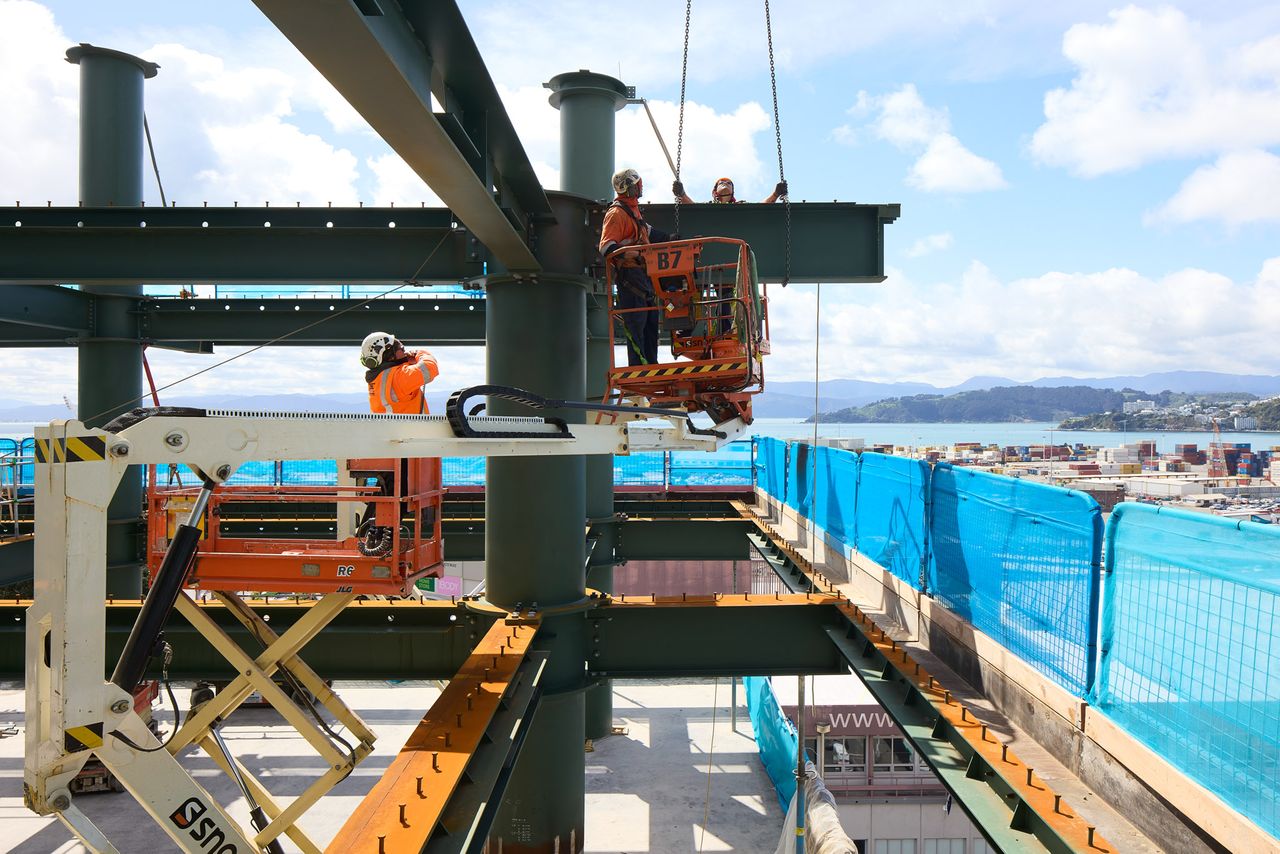News & Insights
Reimagining Infrastructure Investment: A Turning Point for New Zealand's Future

The New Zealand infrastructure sector stands at a critical juncture, requiring a transformative shift "from ambition to action." However, achieving this transition requires a fundamental change in our approach to infrastructure investment. As a nation with limited capital and resources, we cannot afford to get tied up in endless analysis, political deliberation, and shifting priorities. Instead, we must embrace smarter and more efficient decision-making processes.
Clearly, there’s a need for change.
The inherent nature of our political system, revolving around three-year electoral cycles, fosters short-term thinking. Political leaders often prioritise populist issues that resonate with voters in the immediate term. Consequently, vital long-term concerns are neglected, resulting in a yo-yo effect on policy priorities that impedes progress. Moreover, policy swings cause disruptions in the construction industry, diminishing productivity and hampering sustainable growth.
Further, infrastructure projects are becoming increasingly complex, demanding specialised capabilities that make it difficult for skilled resources to transition across sectors. The reliance on international talent for these projects incurs substantial costs, and each shift in priority causes the loss of valuable expertise, equipment, and local talent. This detrimental trend leads to decreased productivity and a loss of crucial human resources.
As a country with limited capital and resources, New Zealand cannot afford to waste time and money on endless analysis, deliberation, and changing priorities. Our complex decision-making environment, reliant on multiple business cases for each project stage, hampers progress and perpetuates competition for limited funding. Additionally, we have been hesitant to explore alternative funding and financing models, hindering the long-term financial commitments required for sustainable growth.
To effect change and bridge the gap between ambition and action, we need to be bold.
True transformation requires visionary leadership that rises above short-term concerns and bureaucratic obstacles. A clear and pragmatic vision developed collectively, should guide our actions and highlight the key areas where we must focus. By fostering bipartisan support and transcending political agendas, we can achieve alignment and stability in infrastructure decision-making, shifting the focus from ‘what’ to ‘when’.
With a unified vision in place, the development of a comprehensive infrastructure strategy becomes feasible. This strategy should outline the necessary investments in each region, providing a blueprint for the country's growth. Industry experts, armed with the appropriate financial tools, can collaboratively devise creative solutions to complex challenges, ensuring long-term financial commitments. Smarter, more efficient decision-making anchored in a long-term infrastructure strategy will inspire confidence in the industry and attract international expertise.
By establishing a unified vision and a clear long-term plan supported by steadfast financial commitments, infrastructure decision-making can be liberated from political influence. Local infrastructure decisions can still occur within the framework of regional and national alignment. This approach focuses on ‘when’ decisions are made rather than ‘what’ decisions are made, striking a balance between democratic governance and ensuring sustainable progress.
So what is the way forward?
As a small nation with unique challenges, we should view our limitations as opportunities. Our isolation grants us greater control, and our nimbleness and agility enable us to respond swiftly to change. By capitalising on our natural assets, we can set new standards of excellence, surpassing international benchmarks tempered by economic considerations.
To achieve our goals, we must unify and think long-term. It is time to abandon competition for limited capital and instead focus on crucial, long-term investments that propel the nation forward. Establishing an investment decision-making environment that expedites positive outcomes rather than hindering progress is essential. Consistency and certainty will empower businesses to invest in growth, foster innovation, and cultivate a skilled workforce.
The New Zealand infrastructure community has a chance to rise to the occasion and display leadership. By articulating our collective vision for a prosperous future and garnering public support, we can instil confidence in politicians to champion sustainable progress. This advocacy will pave the way for a sustainable and prosperous future for New Zealand.
The time has come for New Zealand to embrace a new paradigm in infrastructure investment. Let’s seize this turning point and work together to transform ambition into action.



